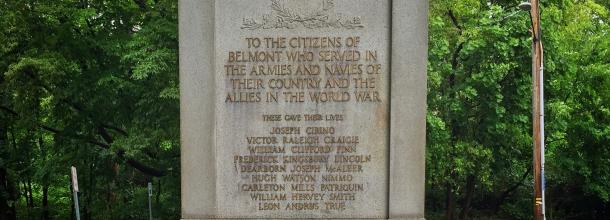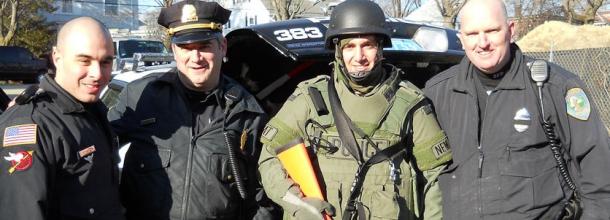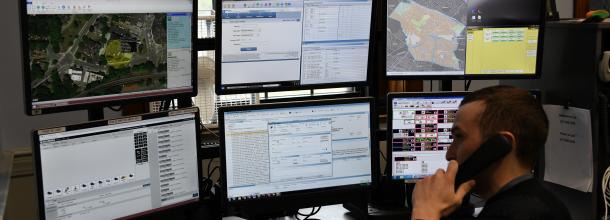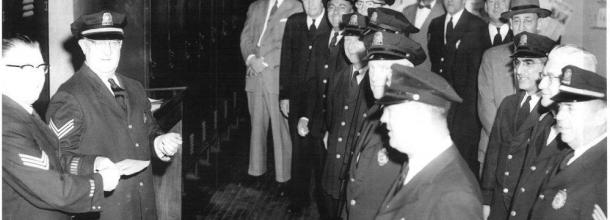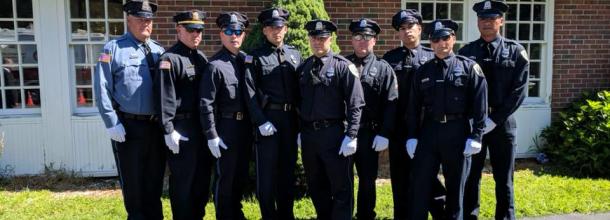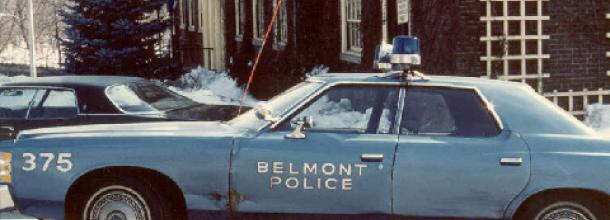Landscaping & Security
Territoriality:
People protect territory that they feel is their own and have a certain respect for the territory of others. Fences, pavement treatments, art, signs, good maintenance, and landscaping are some physical ways to express ownership. Identifying intruders is much easier in a well-defined space.
Natural Surveillance:
Criminals don't want to be seen. Placing physical features, activities, and people in ways that maximize the ability to see what's going on discourages crime. Barriers, such as bushes, sheds, or shadows, make it difficult to observe activity. Landscaping and lighting can be planned to promote natural surveillance from inside a home or building and from the outside by neighbors or people passing by. Maximizing the natural surveillance capability of such "gatekeepers" as parking lot attendants and hotel desk clerks is also important.
Activity support:
Encouraging legitimate activity in public spaces helps discourage crime. A basketball court in a public park or community center will provide recreation for youth, while making strangers more obvious and increasing active natural surveillance and the feeling of ownership. Any activity that gets people out and working together -- a clean-up day, a block party, a Neighborhood Watch group, a civic meeting -- helps prevent crime.
Access control:
Properly located entrances, exits, fencing, landscaping, and lighting can direct both foot and automobile traffic in ways that discourage crime. Access control can be as simple as a neighbor on the front porch or a front office. Other strategies include closing streets to through traffic or introducing neighborhood-based parking stickers.
Designation
What is the intended use of the area? What behavior is allowed?
Definition
What are the physical limits of the area? What are the borders between this area and public spaces? Is it clear which activities are allowed where? What risks can be anticipated and planned for?
Design
Does the physical environment support the intended use safely and efficiently?




